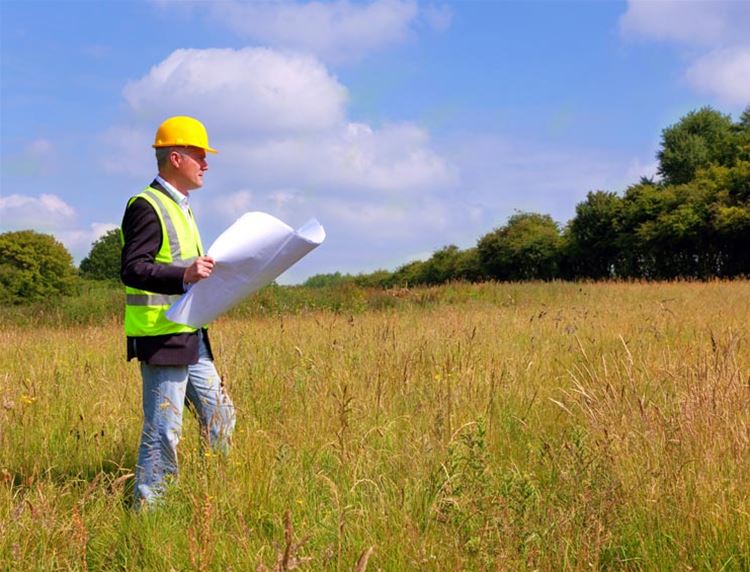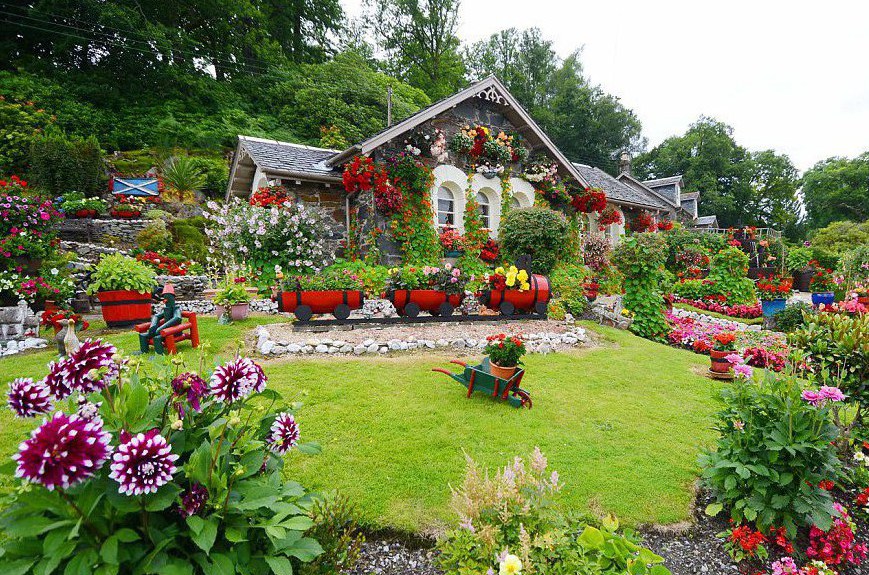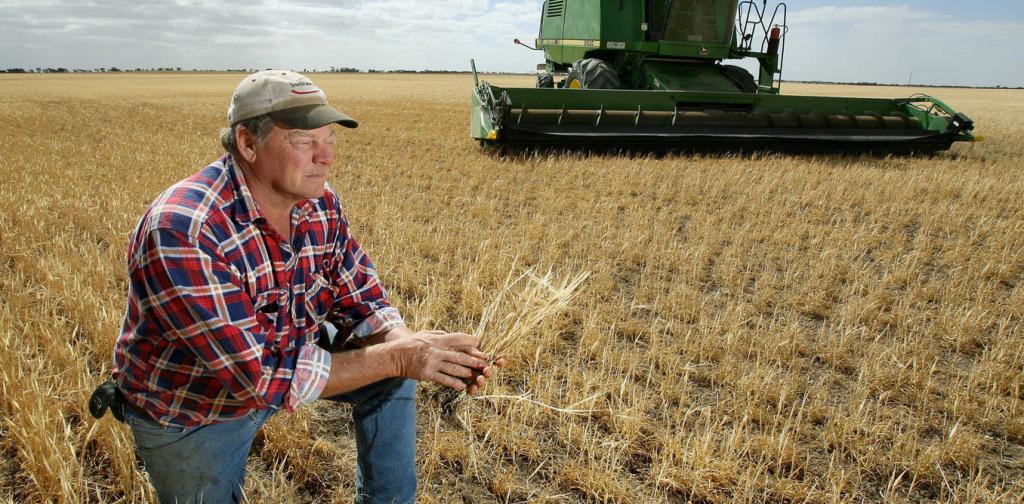It so happened historically that most of the Slavs from time immemorial were farmers. That is why the passion for owning land and working on it is in our blood. Let's find out what, according to the norms of modern legislation, is a "land", what are its distinctive features and types. And also, how can I get it in private ownership.
Land - what is it?
From school, we know that the Earth is not only the name of our planet, but also the soil on which plants grow, people and animals live. That is, in fact, this is the name of the entire surface, regardless of its location and owner.

Moreover, a land plot is only a small part of the entire territory, having a number of special characteristics that distinguish it from other lands.
Unique features
According to the law, any piece of soil can be called a land plot, if it has the following characteristics:
- Fixed Between.
- Geographical location (address).
- Square.
- Legal status.
- Cadastral number.
Only in the presence of the listed signs it can be argued that certain territories are land plots.
What is a cadastral number
With such defining characteristics as borders, the area and the address of the site is more or less clear (in any case, to those who did not skip geometry lessons at school). But, what is the cadastral number of a land plot, far from everyone knows.
In the Russian Federation and Ukraine there are state real estate cadastres. Lists in which data on all real estate located in each country are recorded and stored. All objects entered there have their own unique (not repeating in the territory of this country) numbers.
In the Russian Federation, it looks like this - AA: BB: CCCCCC: KK.
- AA - cadastral district number.
- VV - cadastre area.
- CCCCCC - code of the cadastral quarter (in some cases it may not consist of six, but seven digits).
- KK - directly the number of the land itself.
In Ukraine, the cadastral number of the land has a slightly different format. The principle of its digital encryption is similar: AAAAAAAAAA: BB: CCC: CCC.
According to the legislation, it is impossible in any way to acquire a land plot into ownership (to buy or inherit), and also to sell or carry out another transaction with it in the absence of a cadastral number. Moreover, the same rule applies to any buildings placed on it. This digital code is for allotment the same as the taxpayer identification number for a citizen.
What is needed to achieve assignment of a cadastral number to a site
This unique code is assigned to the land during cadastral and technical accounting (it is carried out by BTI).

For example, in the Ukrainian state, the condition for acquiring a cadastral number by land plots is their privatization.
To begin the process of making land in the State Cadastre, it is necessary to collect and provide the following package of documents:
- A copy of the certificate of ownership of the land plot certified by a notary public (or a valid territory lease agreement).
- Certificate from the garden / summer house / garden company that the owner of the land plot is really their member (if the land belongs to one of such partnerships).
- Copies of all pages of the passport of the owner (if he is an individual). If this is a legal entity - you need to provide copies of the main documents of title.
- And, of course, a photocopy of the identification code.
In addition to these documents, the landowner must write a statement to the Land Cadastre Center asking him to assign a cadastral number to his land and issue a corresponding document about it.

As with most services in government agencies, you will have to pay for this procedure. True, the amount is symbolic.
There are a number of intermediary companies that, for an additional fee, take care of the cadastral number, and also accelerate this process.
Is it worth it to contact them, or is it better to do everything yourself, even if you spend a little more time - everyone has the right to decide for himself. It should be borne in mind that many such organizations not only save from paperwork and standing in queues (without which it is impossible to imagine any government agency), but also take care of the basic work on the preparation of information about the land:
- Cadastral survey of the territory is carried out with reference to the area.
- Gathering land management technical documentation.
- Form an exchange XML file (coordinates of borders, area, purpose of the site, information about the owner, etc.).
Features of legal status
Considering the defining characteristics of the land, it is also worth paying attention to its legal status.
Any territory of this kind is a property. By the way, it extends this property to all buildings or other property located on it.
In addition to private ownership, territories can also be owned by state or municipal.
According to the legislation of both Russia and Ukraine, every citizen (theoretically) has the right to receive a plot of land once free of charge from his state for construction or for housekeeping. Another thing is that to realize this right is not easy.
Individuals and legal entities have (again, in theory) equal opportunities to acquire land. However, in practice, what kind of land will be given to whom (and whether it will be obtained at all) is decided privately, and not always honestly.
From the point of view of the legal status of the allotment, it is divisible and indivisible.
In the first case, the land can be divided into parts. Moreover, each “piece” forms an independent section. It can be used without transferring it to the composition of lands of another category.
In this case, the separated parts must comply with the minimum / maximum limits established by the legislation of the state in which the territory is located.
As for the lands of the second type, then, in practice, they can still be divided into parts and allowed to use them for different people. However, on the legal side, "pieces" will continue to be considered as one with a single owner. By the way, he will be responsible for protecting this land. Since any landowner is obliged to constantly carry out a series of measures to preserve soil fertility, protect the territory from water and wind erosion, from overgrowing, etc. In addition, his responsibilities include the elimination of the consequences of various pollution (including cluttering). Therefore, if one of the unofficial owners arranges a landfill on his scrap, the official landowner will have to liquidate it and be responsible for the consequences.
Allotment categories by purpose
Having dealt with the defining characteristics, it is worth considering the typology of land plots.
According to their intended purpose, 7 categories (types) are distinguished. In Ukrainian legislation - 9.
- Agricultural.
- Land reserved for the location of a settlement (or an entire region).
- Territories related to the forest fund.
- Land of the water fund of the country.
- The areas used for the needs of industry / energy / transport / communications / defense.Allotments given to cosmodromes, etc., belong to the same category.
- Protected areas.
- Land stock.
On the territory of Ukraine there are also allocated plots intended for health facilities and having historical and cultural significance. And instead of reserve lands (they are not owned by anyone) in this country there is a category of territories of recreational destination. "Ownerless" areas, however, do not have a category, but are evenly distributed among others.
Zoning
The belonging of a particular land to a certain category is determined in accordance with the zoning of territories. So, for example, if a forest grows in a given area or, on the contrary, a desert is located, then these areas are unlikely to be classified as agricultural.

The essence of zoning is to divide the territory into zones with a special regime. For example, with environmental restrictions on business.
For each of these zones establish the types of permitted use of land and capital construction projects.
One of the main goals of zoning a territory is to determine its legal status. It provides an opportunity not only to protect the rights of owners, but also to help people solve housing problems.
Often this concept is identified only with zoning for urban development. However, this is only one of the species. In addition to it, environmental and functional zoning also stands out.
Can I change my destination?
The laws of Russia and Ukraine provide for the possibility of changing the category of the purpose of using the land.
To initiate this process, the owner must submit a package of documents (an application, a copy of the passport and code, a certified photocopy of the certificate of ownership and the basis), based on which a land management project will be developed to change its purpose.
However, before you begin to do this, it is worth discussing with a lawyer whether it is possible to realize your goal at all.
So, for example, many residents of megacities are not able to buy their own housing there because of its high cost. Therefore, they go on tricks, buying cottages on the outskirts. In the future, people plan to transfer these territories from horticultural to housing stock. This really can be done. However, if such a summer residence is not included in the line of any locality, the law does not provide for the possibility of changing its target category to individual residential development. And then its owner will de facto live in his own country house with all amenities, but de jure will not be able to register there or receive any benefits from the state.
Typology of land from the point of view of non-profit gardening, summer cottage and gardening civil associations
Since every second person in Russia and Ukraine is engaged in agriculture, growing fruits and vegetables for himself, the majority of citizens in these countries are in various summer cottage, gardening or horticultural associations. Thus, they get the opportunity to acquire ownership of land for cottages.
Such non-profit organizations have their own classification of land areas:
- Garden plot - is provided (or acquired) for the purpose of growing fruit / berry / vegetable or other crops, as well as for leisure activities. The owner of the allotment has the right to erect a residential building on it. At the same time, buildings cannot be registered as housing, and, therefore, the person living in it cannot be registered there.

- Garden plot - differs from the first one in that it is not intended for recreation. The possibility of building a house or other structures on it depends on which zone it belongs to.

- Cottage allotment is intended purely for relaxation. On this territory you can build a house, however, it will not belong to the housing stock. Also in the summer cottage you can grow various crops
Ways to acquire land in ownership
Any person can become a landowner, and the law allows this not only to citizens of our state, but also to foreigners. Naturally, for the first category, the conditions for acquiring allotments are more favorable, and, in addition, they have more opportunities to do so.

There are such ways (for citizens of the country):
- Acquisition of land under a contract of sale.
- Exchange.
- Acceptance as a gift.
- Acceptance of an inheritance.
- Receiving from the state their share.
- Privatization of the territory previously provided for use.
- Free transfer from state / communal property lands.
How is the contract of sale of land
Most often, of all the above types of transactions, it is a purchase. In such an operation, a sales contract is drawn up between the seller and the buyer (in the presence of a notary). It is compiled in writing, certified by a notary and registered with other state bodies (since there is a change of ownership).

When conducting a transaction with a land plot, a sale-purchase agreement can be concluded and certified only if the parties have provided the following documents:
- Passports and identification codes of the seller and buyer.
- Consent of the spouse of the owner (if the plot is acquired in a marriage under a similar contract of sale).
- Act of title.
- Allotment value appraisal protocol (issued by the expert appraisal commission).
- A certificate confirming the absence of a ban on the alienation of the plot, as well as a change in its intended purpose (taken from the registry of the land cadastre).
- Information about the absence of prohibitions or restrictions on land due to the arrest / lease / security restrictions / claims of three parties.
- Certificate of the absence of buildings in the territory or documents on existing ones.
At the same time, the buyer always needs to be on the alert and carefully check all the papers, as well as personally inspect the future property. Since both the notary public and other state bodies certify the contract based on what is written in the documents, and this information does not always correspond to the truth.
